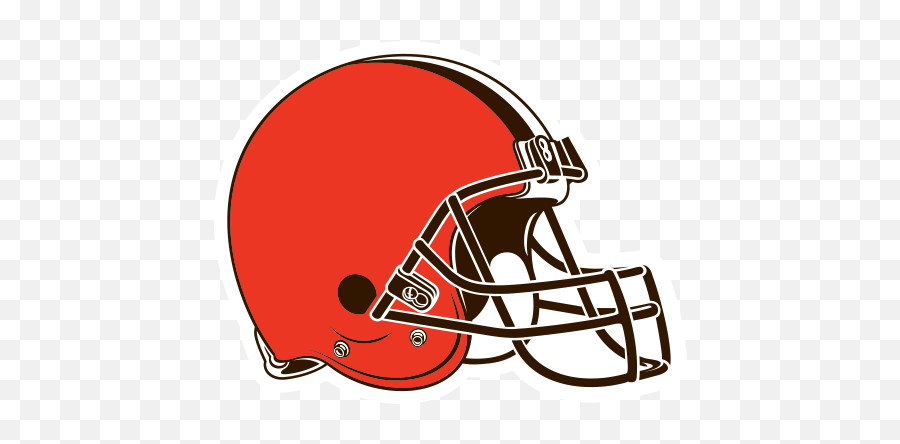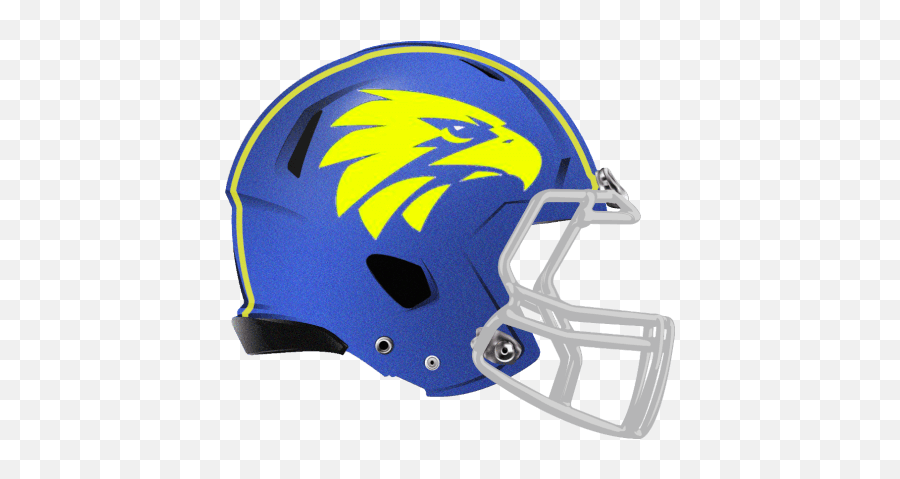Images under 500KB for fantasy football are crucial for optimizing website and app performance. This article explores strategies for reducing image file sizes without sacrificing visual appeal, covering image format selection, compression techniques, and sourcing royalty-free assets. We’ll delve into design principles for creating compelling logos, player profiles, and banner images, all while adhering to the 500KB limit.
The goal? A fast-loading, visually stunning fantasy football experience.
From choosing the right image formats (JPEG, PNG, WebP) and employing effective compression methods to understanding the legal aspects of image usage and designing visually engaging content, this guide provides a comprehensive overview of optimizing images for fantasy football platforms. We’ll also cover integrating these optimized images seamlessly into websites and mobile apps, ensuring a smooth user experience.
Image Optimization for Fantasy Football: Images Under 500kb For Fantasy Football
Optimizing images for fantasy football websites and applications is crucial for enhancing user experience and ensuring fast loading times. Large images can significantly impact website performance, leading to frustrated users and potentially lower engagement. This article explores effective strategies for reducing image file sizes while maintaining visual quality, focusing on techniques and resources specifically relevant to the fantasy football domain.
Image Size Optimization Techniques
Several methods can significantly reduce image file sizes without sacrificing visual appeal. The key is to find the right balance between compression and quality. This involves careful selection of image formats and the use of appropriate compression techniques.
| Method | File Size Reduction Percentage | Quality Score (1-10) | Notes |
|---|---|---|---|
| WebP | 50-70% | 8-9 | Offers superior compression compared to JPEG and PNG, maintaining high quality. Browser support is excellent. |
| JPEG | 30-60% | 7-8 | Suitable for photographs and images with smooth color gradients. Higher compression levels result in more noticeable artifacting. |
| PNG | 10-40% | 9-10 | Ideal for images with sharp lines, text, and logos. Offers lossless compression, preserving image detail but resulting in larger file sizes compared to JPEG. |
| Image Compression Tools (e.g., TinyPNG, ImageOptim) | 20-50% | 7-9 | Online and desktop tools that use advanced algorithms to reduce file size without significant quality loss. |
Sourcing Free Fantasy Football Images
Using royalty-free or Creative Commons licensed images is essential to avoid copyright infringement. Several online resources offer a wide variety of fantasy football-related images for free use. Understanding the licensing terms is crucial to ensure legal compliance.
- Unsplash: Offers high-quality, free-to-use images under a generous license.
- Pexels: Similar to Unsplash, provides a vast collection of royalty-free photos.
- Pixabay: Another popular platform with a large library of free images and vectors.
- Creative Commons Search: Allows searching for images with specific Creative Commons licenses, ensuring legal use.
Always carefully review the license associated with any image before using it to avoid legal issues. Attribution requirements, if any, must be strictly followed.
Image Selection for Fantasy Football Websites/Apps
The visual appeal and relevance of images significantly impact the user experience. Choosing the right style and quality of images can enhance engagement and brand identity.
Cartoonish styles can create a fun and lighthearted atmosphere, while realistic images offer a more serious and detailed representation. Abstract images can be used to create unique and memorable branding elements. The choice depends on the overall tone and style of the fantasy football platform.
The need for small, easily uploaded images under 500kb is crucial for smooth fantasy football roster management. This is especially true if you’re looking for deals on team merchandise, perhaps checking out local listings like those found on criagslist lakeland for potential bargains. Remember, smaller image files mean faster loading times for your fantasy football league website or app, enhancing the overall user experience.
- Prioritize high-resolution images for optimal display on various devices.
- Ensure images are consistent with the overall design and branding of the platform.
- Use images that are relevant to the content and easily understandable by users.
- Test different image styles to determine which resonates best with the target audience.
Creating Compelling Fantasy Football Images
Designing effective fantasy football images requires a blend of creativity and technical skill. Team logos should be memorable and easily recognizable, while player profile images should effectively communicate key information. Maintaining a low file size is crucial for performance.
Designing a Fantasy Football Team Logo
A compelling fantasy football team logo needs to be instantly recognizable and convey the team’s identity. This involves thoughtful consideration of color palettes, imagery, and typography.
- Concept Development: Brainstorm ideas that reflect the team’s name, personality, and theme.
- Sketching and Refinement: Create several sketches, experimenting with different shapes, symbols, and typography.
- Digital Design: Use vector graphics software (e.g., Adobe Illustrator) to create a high-quality, scalable logo.
- Optimization: Export the logo in a suitable format (e.g., WebP or PNG) and compress it to meet the file size requirement.
Creating a Player Profile Image, Images under 500kb for fantasy football
Player profile images should present key information in a visually engaging manner. This involves incorporating relevant player statistics and a visually appealing background or design element.
- Choose a high-quality player photograph.
- Overlay relevant statistics (e.g., points scored, touchdowns) in a clear and readable font.
- Consider using a themed background related to the player’s team or position.
- Optimize the image using appropriate compression techniques to meet the file size limit.
Image Integration into Fantasy Football Platforms
Seamless image integration is vital for a positive user experience. Efficient loading and management of images are critical for maintaining website or application performance.
Using a content delivery network (CDN) can significantly improve image loading times by distributing images across multiple servers. Regularly reviewing and updating images is essential to keep the platform fresh and engaging.
- Use responsive image techniques to ensure images adapt to different screen sizes.
- Implement lazy loading to improve initial page load times.
- Compress images using appropriate methods to reduce file sizes.
- Regularly review and update images to ensure relevance and quality.
Illustrative Examples of Fantasy Football Images

Source: pngaaa.com
The following are examples of fantasy football team logos, player profile images, and banner images designed with file size optimization in mind.
Example Team Logos
- Logo 1: The Crimson Griffins: A stylized griffin silhouette in crimson and gold, using a simple vector design for easy scaling and compression. File size: < 200KB.
- Logo 2: The Midnight Renegades: A dark, edgy design featuring a skull with football helmet horns. Created using a combination of vector and raster elements, optimized for low file size. File size: < 250KB.
- Logo 3: The Emerald Spartans: A clean, minimalist logo featuring a Spartan helmet in emerald green. A vector design allows for easy resizing without loss of quality. File size: < 150KB.
Example Player Profile Image
A player profile image showcasing a player’s headshot, name, position, and key statistics (points, yards, touchdowns) overlaid using a semi-transparent background. The image is optimized using WebP for smaller file size while maintaining high quality. File size: < 300KB.
Example Banner Image
A banner image for a fantasy football league website, featuring a dynamic composition of football imagery and league-specific branding elements. The image is optimized using a combination of image compression techniques and careful selection of image format. File size: < 400KB.
Concluding Remarks

Source: pngaaa.com
Optimizing images for fantasy football platforms requires a multifaceted approach, balancing visual quality with file size constraints. By carefully selecting image formats, employing efficient compression techniques, and sourcing appropriate royalty-free images, fantasy football website and app owners can create a compelling and high-performing user experience. Adhering to the 500KB limit ensures faster loading times and improved overall user satisfaction, ultimately enhancing the enjoyment of the fantasy football experience.
